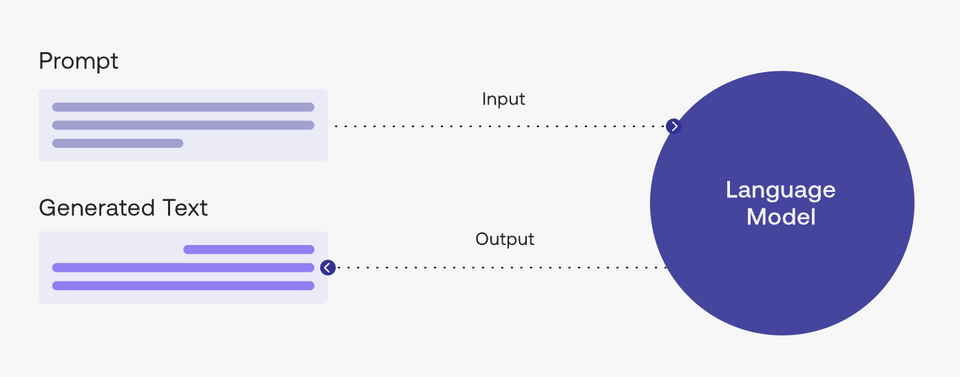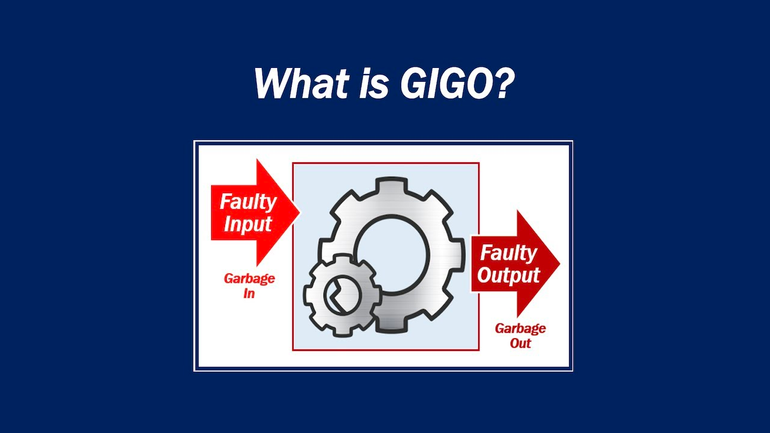Create unique Code with ChatGPT
Search and store tool for Chat GPT Prompt
Create unique and engaging Code with ChatGPT, a pre-trained language model by OpenAI for generating high-quality and accurate content.
Enhancing Code Architecture and Functionality with Design Patterns
Propose a combination of design patterns that can be used to enhance the given [language] code's architecture and functionality: [code snippet].
Evaluating the Effectiveness of Design Patterns in Code: A Critical Analysis
Evaluate the effectiveness of the [design pattern] in addressing the specific requirements or constraints of the given [language] code: [code snippet].
Design Pattern to Optimize [Language] Code Performance for [Specific Task]: [Code Snippet]
Suggest a design pattern to optimize the performance of the given [language] code handling [specific task or operation]: [code snippet].
Pros and Cons of Two Design Patterns in [Language] Code: A Comparison
Compare the pros and cons of using [design pattern 1] vs [design pattern 2] in the context of the given [language] code: [code snippet].
Applying Design Patterns in Code: Solving Specific Issues with [Language]
Explain how the [design pattern] can be applied in the given [language] code to address [specific issue or challenge]: [code snippet].
Suggesting Alternative Design Patterns for [Language] Code - Enhance Code Performance and Offer Better Benefits
Suggest an alternative design pattern for the given [language] code that may provide additional benefits: [code snippet].
Identifying Opportunities for Applying Design Patterns on Codebase: Tips and Strategies
Identify opportunities to apply the [design pattern] in the following [language] codebase: [repository URL or codebase description].
Choosing Design Patterns for Language Code: Improving Structure with [code snippet]
Based on the given [language] code, recommend a suitable design pattern to improve its structure: [code snippet].
Understanding Coding Styles and Conventions in a given codebase
Generate a summary of the coding styles and conventions used in the given codebase: [repository URL or codebase description].
Analyzing a Codebase for Improvement and Refactoring: A Guide
Analyze the codebase to identify potential areas of improvement or refactoring: [repository URL or codebase description].
Identifying Trends and Patterns in Codebase Development
Identify trends or patterns in the development history of the given codebase: [repository URL or codebase description].
Generating a Report on Codebase Complexity and Maintainability
Generate a report on the complexity and maintainability of the following codebase: [repository URL or codebase description].
How to Analyze a Codebase to Identify Frequently Used Libraries or Dependencies
Analyze the given codebase to identify frequently used libraries or dependencies: [repository URL or codebase description].
Effective Strategies for Coordinating Code Merge or Integration Between Team Members
Assist in coordinating a code merge or integration between [team member 1]'s work and [team member 2]'s work.
How to Facilitate a Code Review Session for Team Members
Facilitate a code review session between [team member 1] and [team member 2] for the following [language] code: [code snippet].
Generating Proof-of-Concept Code for a Project Idea using a Specific Language: Tips and Techniques
Generate a proof-of-concept [language] code for a [project idea or feature] based on the following requirements: [requirements description].
How to Generate a Data Flow Diagram for [Language]? Step by Step Guide
Generate a data flow diagram for the given [language] code that demonstrates how data is processed: [code snippet].
Generating UML Diagram for [Language] Code Snippet: A Tool for Visualization
Generate a UML diagram for the following [language] code: [code snippet].
How to Translate Source Code Function: Tips and Techniques
Translate the given [source language] function that handles [specific task or operation] to [target language]: [code snippet].
Ways to Improve Algorithm Efficiency for Specific Use Cases: Algorithm or Pseudocode
Improve the efficiency of the given algorithm for [specific use case]: [algorithm or pseudocode].
What is “prompt engineering”?
A “prompt” is the input that guides a generative AI model to generate useful outputs. Generative AI tools like ChatGPT, GPT, DALL·E 2, Stable Diffusion, Midjourney, etc. all require prompting as their input.

In a natural language processing (NLP) context, “prompt engineering” is the process of discovering inputs that yield desirable or useful results. As is the story with any processes, better inputs yield better outputs; or commonly said another way “garbage in, garbage out.”


Become a prompt researcher instead of engineer
- If you’re already a subject matter expert in something, consider figuring out how to apply your personal skills to generating the best prompts in your field
- For example, if you’re an expert in SEO, what questions do you ask yourself when creating SEO strategies? How can you translate this knowledge into better prompts to generate the same level of output with AI?
Become a prompt researcher instead of engineer
- The term prompt engineer glosses over the idea that prompt formulation takes hypothesizing, research, result measurement, and repetition. Instead, approach prompting like a research project.
- Try as many different variations and formulations of your prompt as possible. One problem can have hundreds of solutions and one solution can have hundreds of approaches. The same can be said of prompting.